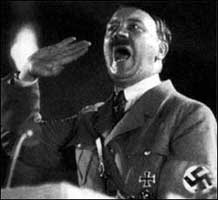| The
Jesuits in Germany |
Germany is the home of the blessed Reformation so we should expect that the wrath of the Jesuits should be especially directed against that country.
Because of the great apostasy or falling away from the Apostolic Faith at the time of Emperor Constantine, a Reformation was absolutely necessary to return the world to Apostolic Christianity.
The trend of human nature is always to become more corrupt unless Reformers stem the tide of evil.... Many tried to reform Christianity before Luther, but their attempts were drowned in blood. By the 6th century, Hibernian missionaries found Christianity in Europe to have totally departed from the Apostolic Faith.
|
Saint Martin Luther (Nov. 10, 1483- Feb. 18, 1546). |
|
October
31, 1517, was the official |
Sympathetic friends translated his Theses into German, and thanks to the newly invented printing press, they were all over Europe in a month!!
With the translation of his Theses into German and other languages, what was meant to be a debate among scholars quickly became household talk throughout Europe.
Naturally Luther felt compelled to defend his Theses, and he began to research the history of the Papacy. Just a cursory view of the past 1,000 years was enough to convince him that Rome was Babylon and the very kingdom of Nimrod—the mighty hunter of souls....Soon he was producing one volume after another.
His books produced a sensation and Rome trembled on its foundation of sand.... One of his most notable tomes was entitled:The Babylonian Captivity of the Geminde (Congregation) which compared the 70 Years' Jewish Captivity in Babylon to the Congregation Captivity by Rome.
In the Papal Bull Exsurge Domine, issued on June 15, 1520, Pope Leo X called Saint Martin a wild boar and gave him 60 days to appear at Rome.... Luther knew that his appearance at Rome would mean a fiery death so he appealed to Caesar (Emperor Charles V).
|
|
|
Saint Martin Luther defending his writings before the Emperor Charles V at the Diet of Worms. |
In 1521, disguised as a knight, Saint Martin began working on his incomparable translation of the New Testament from Greek into German. The devil was furious and full of hellish rage. This is where the famous incident of throwing ink at the devil took place.
Dreadful noises in his chamber at night would awaken him from sleep. Howling as of a dog could be heard at his door, and on one occasion, as he sat translating the New Testament, an apparition of the Evil One, in the form of a lion, seemed to be walking round and round him, and preparing to spring upon him. Seizing the weapon that came first to his hand, which happened to be his inkstand, Luther hurled it at the devil with such force, that he put the fiend to flight, and broke the plaster on the wall.
|
It was during this period that he, under the name of Junker Jörg (the Knight George), translated the New Testament into German.
The German translation had a miraculous effect on the entire nation. Multitudes were seeing for themselves how far the church of Rome had fallen from the original faith of the Apostles.
The Diet of Speyer of 1526
So quickly did the Truth spread that in 1526, the Reformed Christians had a meeting with the archduke Ferdinand (brother of Emperor Charles V) to remove the excommunication and ban on Luther and give official recognition to the Reformation.
|
|
|
|
Philip of Hesse (known as Philip the magnanimous) was the driving force behind the acceptance of the Reformation in Germany.
With the reading of the Bible in the vernacular, the Truth advanced so rapidly that the execution of the Edict of Worms became less and less practicable. This was made manifest at the imperial Diet of Speyer, held in the summer of 1526 under Archduke Ferdinand, in the name of the Emperor.
The Reformed princes dared here for the first time to profess their faith, and were greatly strengthened by the delegates of the imperial cities in which the Reformation had made great progress. The threatening invasion of the Turks, and the quarrel of the Emperor with the Pope over the divorce of Henry VIII, favored the Reformation and inclined the Roman Catholic majority to forbearance.
The origin of the name Protestant at the Diet of Speyer in 1529
Protestantism got its name as followers of Martin Luther protested a ruling by the Diet of Speyer forbidding the teaching of Scripture in Catholic states while letting Roman Catholics teach in Lutheran states.
|
The 1529 Diet of Speyer. |
|
Speyer Memorial church at which the famous protest took place. |
Protestantism had its origin in the famous protest against the revoking of the freedoms granted to the Reformed Christians in 1526.
Rome had monopolized the name CHRISTIAN since the time of Emperor Constantine. When the Greeks split from the Romans in 1054, she arrogated the name CATHOLIC or UNIVERSAL even though she was now confined to Western Europe.
Obviously the Papacy was not going to give the followers of Martin Luther their proper designation of Christians or Reformed Christians, so a new term (Protestant) was invented to describe those who adhered to the Bible exclusively as the sole source of faith and doctrine.
Many referred to the rediscovery of the Bible as the new learning or new religion but this was a misnomer as the original teachings of Christianity were based on the Word of God alone.
So mightily did the Word of God prevail in Germany that it was 100 years before the Jesuits launched their initial war of extermination against the Reformed Christians. It was called the 30 Years' War.
The Jesuit instigated 30 Years' War (1618–1648).
In 1618, a fearful struggle began among the nations of Europe. Engineered by the Jesuits to destroy the Reformation in Germany, it caused the deaths of countless millions and Germany's population was reduced by over one half.
The Jesuit engineered 30 Years' War was one of the most savage conflicts in the history of the world and no slaughter of such magnitude appeared until WWI.
The U.S. Civil War was a bloody conflict, but that war lasted only 5 years, and the antagonists did take prisoners. Multiply that conflict by SIX and you get some idea of what the war was like.
|
Jesuit general Mutius Vitelleschi, Black Pope from 1615 to 1645, started the 30 Years' War. |
|
Emperor Ferdinand
II (1578–1637). |
The terrible conflict was mostly confined to Germany, but most countries sent mercenaries to fight on either side.
King Gustavus of Sweden saved the Reformation in Germany!!
When all hope was gone and the imperialists were preparing to invade Germany and completely destroy the Reformation, God raised up a champion to save the Christians from complete extinction. His name: King Gustavus of Sweden—the Lion of the North.
|
King Gustavus
(1594–1632). |
|
Death of King
Gustavus at the |
Determined to march to Austria and depose Ferdinand II, he was killed at the Battle of Lutzen in 1632.
The Peace of Westphalia in 1648
Of course the Jesuit general was delighted with the death of the king of Sweden. His rejoicing was turned into mourning however when the French entered the conflict. The imperialists were deemed invincible but the victories of King Gustavus encouraged the French to help the Swedes.
|
|
|
|
The French won many victories, and finally the war was ended with the Peace of Westphalia in 1648.
When the war ended with the Peace of Westphalia in 1648, there was nothing left to fight over. Europe was ruined....France emerged the clear winner under the leadership of Cardinal Richelieu. The unholy Roman Empire was greatly weakened and Spain was forced to sign a peace treaty with Holland ending the 80 Years' War.
The liberation of Rome in 1870
The next great victory for the Reformation was the fall of the Papal States in 1870.
The Franco-Prussian War or Franco-German War, often referred to in France as the 1870 War (July 19, 1870-May 10, 1871), was a conflict between France and Prussia, which was backed by the North German Confederation and the south German states of Baden, Württemberg and Bavaria.
|
German Emperor
William I (1797–1888). |
|
Otto von Bismarck
(1815–1898). |
In order to defend Paris, the French soldiers had to be withdrawn from Rome, and the Italian patriots rushed in, and declared the city their capitol after a long wait of over 1500 years.
The medical murder of Kaiser Frederick III
Prince Frederick William was next in line to the throne after his father, Emperor William I. He was married to Princess Victoria, eldest daughter of Queen Victoria. After his father died, he was Emperor for 99 days only.
His death caused a world war, while the death of his grandfather, Prince Albert, prevented a war between the United States and Great Britain.
|
Kaiser Frederick
III (1831–1888). |
|
|
Kaiser Frederick III had nothing in common with "Blood and Iron" Bismarck so he had a timely demise.
His son, William II, succeeded him and he was the notorious Kaiser of World War I. .
The Jesuits were intent on starting another war in Europe in order to recover the lost Papal States.
The last thing in the world they wanted was peace between the British and the German Empires....Peace loving Emperor Frederick III was assassinated to make way for his belligerent son, William II.
The World WAR I Kaiser
After the murder of his father, William II became German Emperor, and began a massive naval buildup in order to surpass the Royal Navy. Of course the excuse to go to war was that Germany was surrounded by Great Britain, France and Russia!!
He dreamed of repeating the lightning Prussian victory of 1870 over France, but this time his hopes were disappointed, because the plans of the Jesuits are always doomed to failure.
|
|
|
|
The war turned out to be a disaster for the Kaiser and he abdicated on November 9, 1918.
Total casualties of World War I amounted to 10 million dead and 20 million wounded worldwide. If we include the Spanish flu, which happened shortly thereafter, the figure is a staggering 30 to 50 million killed!!
Hitler was a British "courier" during World War I
Every war is just a precursor for the next one as the defeated always plan revenge. Hitler arrived in Germany from England in 1913—just in time to be a "courier" during the war.
"Courier" is just an euphemism for spy.
|
|
|
|
Hitler had a Jesuit in his ancestry because his grandmother, Maria Anna Schicklgruber, was raped while working in the Rothschild castle in Austria.
Hitler signed a concordat with the Vatican in 1933 and would definitely have restored the Papal States if he had won the war.
Total casualties of the Jesuit instigated World War II amounted to about 100 million dead.
Vital Links
References
Merle d' Aubigné, Jean Henri. The Triumph of Truth: A Life of Martin Luther. Bob Jones University Press, Greenville, South Carolina, 1996.
Pakula, Hannah. An Uncommon Woman. The Empress Frederick, Daughter of Queen Victoria, Wife of the Crown Prince of Prussia, Mother of Kaiser Wilhelm. Simon & Schuster, New York, 1995.
Stern, Fritz. Bismarck, Bleichröder, and the Building of the German Empire. Alfred A. Knopf, New York, 1977.
Whittle, Tyler, The Last Kaiser. Times Books, New York, 1977.
Copyright © 2013 by Patrick Scrivener
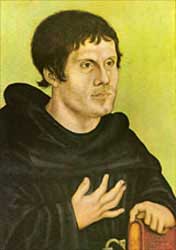

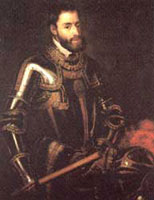
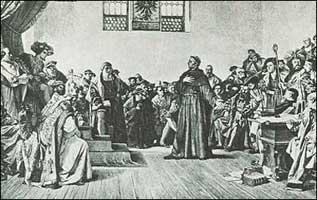
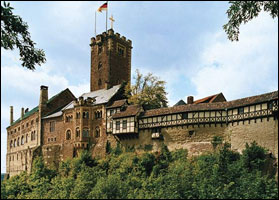
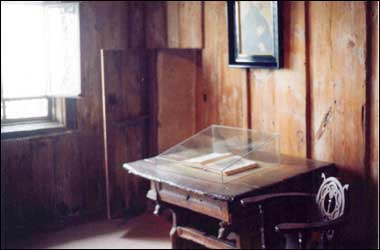
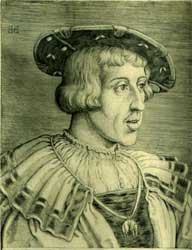

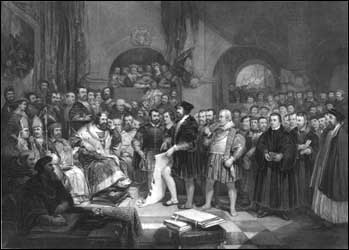
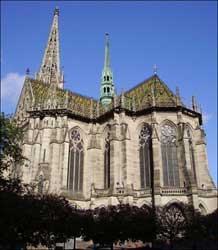
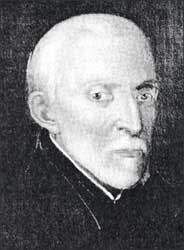
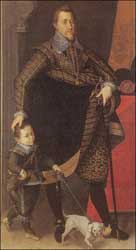
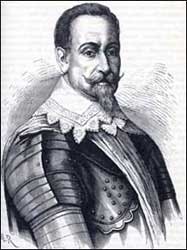
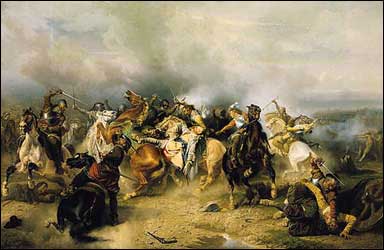
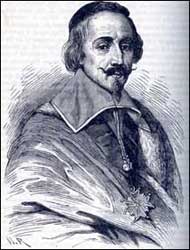

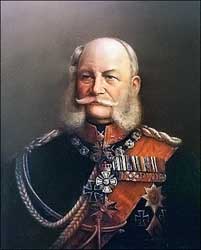
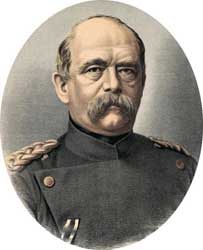
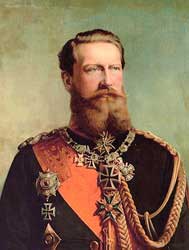
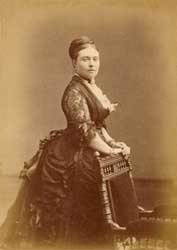
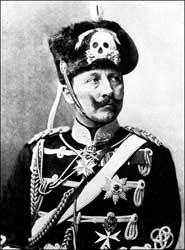
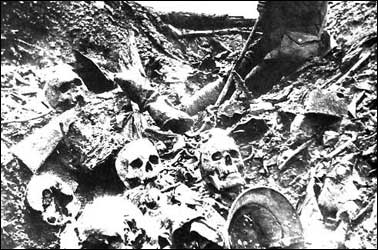
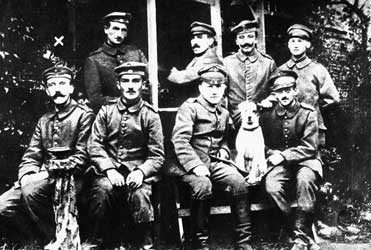 Hitler
can be seen on the left
Hitler
can be seen on the left